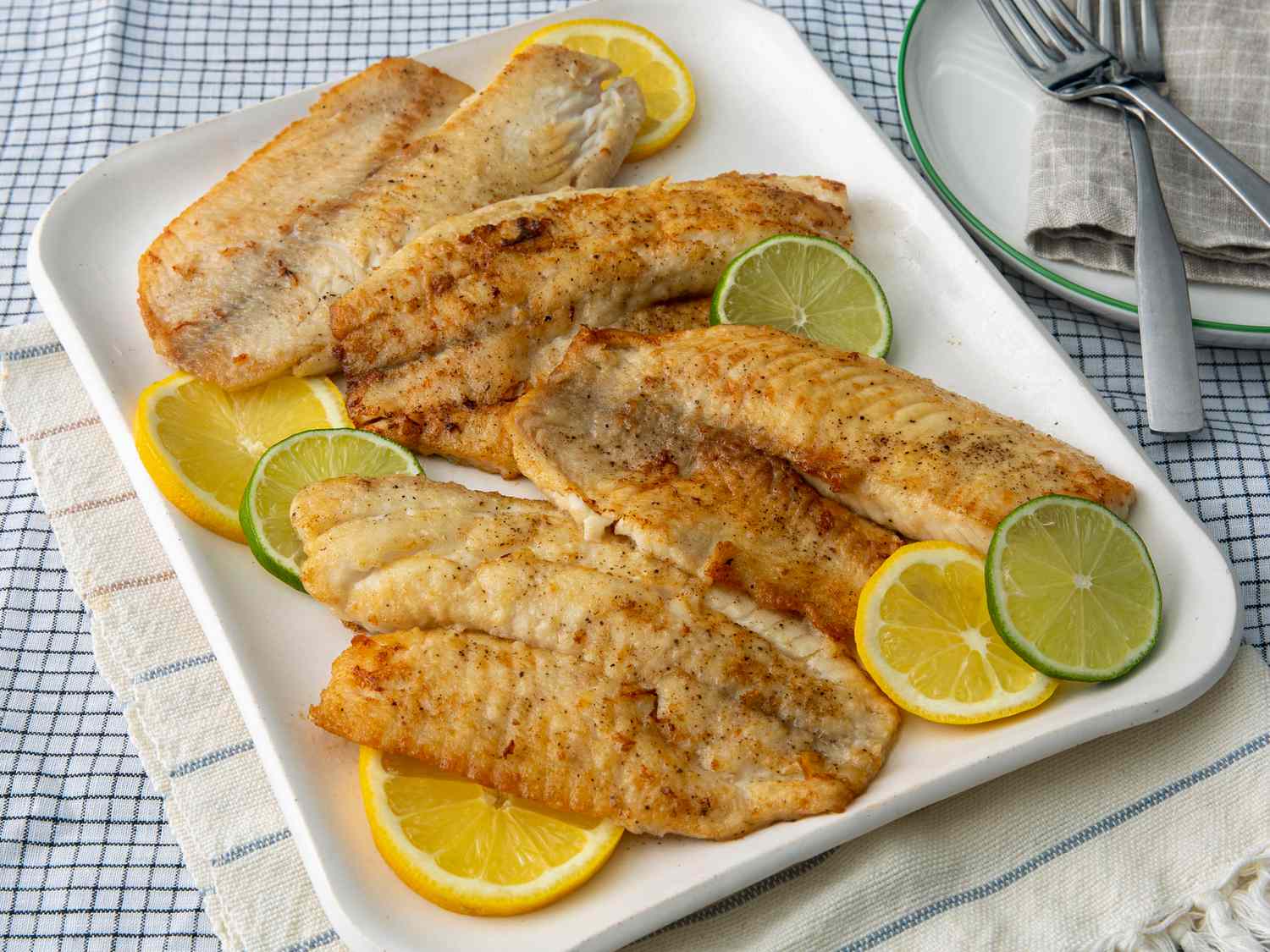Tilapia, a freshwater fish, has gained popularity worldwide due to its mild flavor, versatility, and sustainability. Its firm, white flesh makes it a great option for a variety of dishes.
A Brief History of Tilapia
Tilapia has been farmed for centuries in Africa and the Middle East. In recent decades, tilapia farming has expanded globally, making it one of the most widely consumed fish worldwide.
Culinary Uses of Tilapia
Tilapia’s mild flavor makes it a versatile fish that can be prepared in many ways. Here are some popular methods:
- Baking: Tilapia fillets can be baked in the oven with a variety of seasonings, such as lemon, herbs, and spices.
- Broiling: Broiling tilapia fillets gives them a crispy exterior and a moist interior.
- Pan-frying: Pan-frying tilapia in butter or oil results in a golden-brown crust and a tender interior.
- Grilling: Grilling tilapia adds a smoky flavor and a slightly charred exterior.
- Poaching: Poaching tilapia in a light broth or court bouillon preserves its delicate flavor.
Nutritional Benefits of Tilapia
Tilapia is a lean, white fish that is low in calories and high in protein. It is also a good source of essential vitamins and minerals, such as vitamin B12, selenium, and phosphorus. While tilapia is not as high in omega-3 fatty acids as some other fish, it still offers a range of health benefits.
Sustainable Tilapia Consumption
To ensure sustainability, it’s important to choose tilapia that is farmed responsibly. Look for certifications that verify sustainable aquaculture practices, such as the Aquaculture Stewardship Council (ASC).
In conclusion, tilapia is a delicious and nutritious fish that is easy to cook and versatile. By choosing sustainably farmed tilapia, you can enjoy this fish while supporting responsible aquaculture practices.
Would you like to know more about a specific aspect of tilapia, such as its culinary uses, nutritional value, or sustainability?
